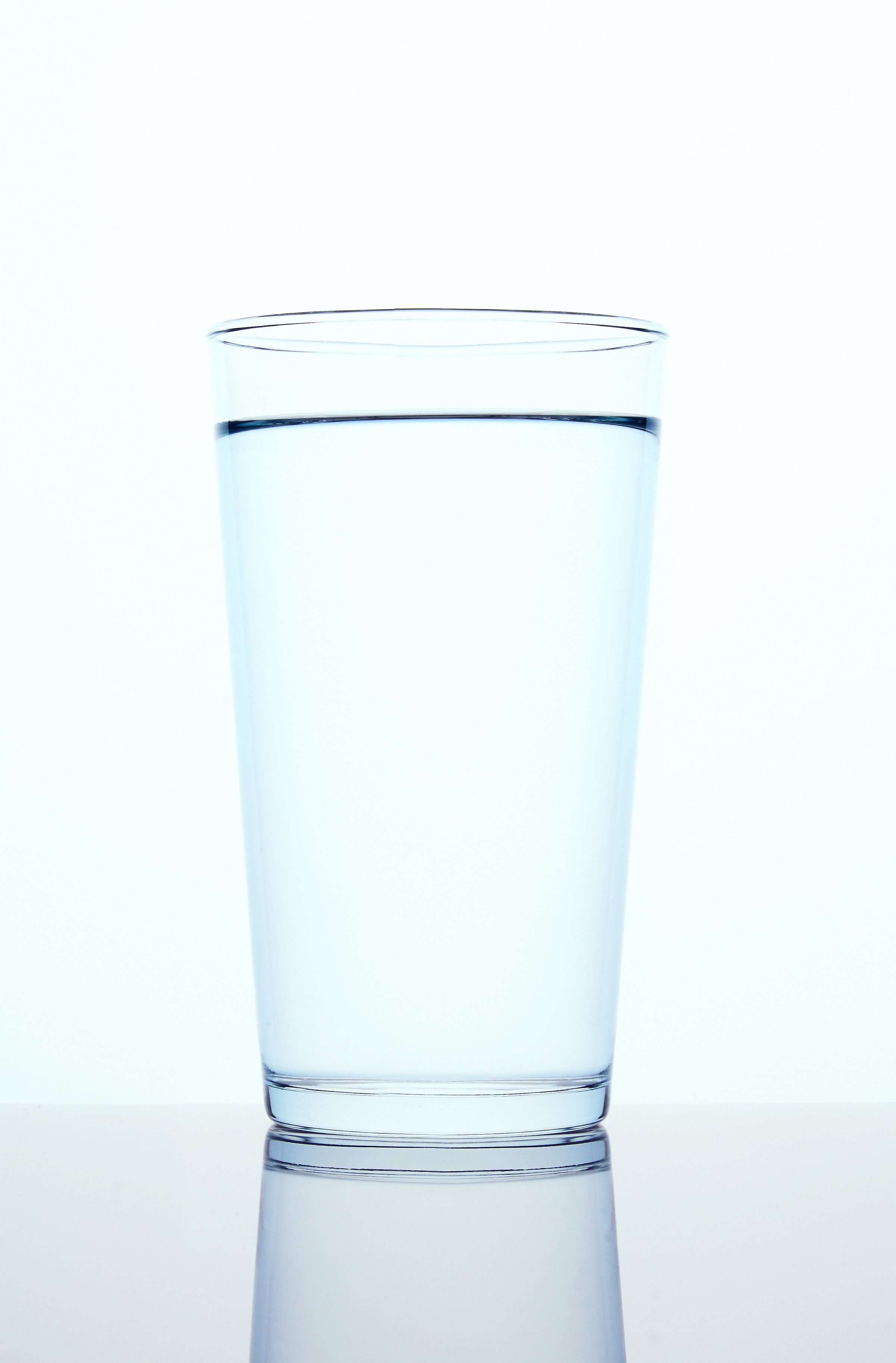
New York City schools began introducing high-tech water fountains, called water jets, in school cafeterias in 2009, in an effort to provide students with healthier drink options. The move was part of the city’s aggressive program to improve what children eat and drink in school, and included removing sugar-sweetened and artificially treated drinks as well.
Now, in a report published Tuesday in JAMA Pediatrics, researchers found that students in schools with the water jet machines, which cost around $1,000, saw a slight but significant decrease in their BMI and a decrease in rates of students who are overweight. The effect was slightly greater for boys than for girls, which the researchers believe has to do with the fact that overall, boys tend to drink more than girls.
The study was led by Brian Elbel, as associate professor of population health and health policy at New York University School of Medicine and his colleagues.
MORE: Should I Drink Seltzer Water?
“It’s a small effect but it’s an effect,” says Elbel. “With childhood obesity, we’re looking for any effect, so the fact that we found something small is important.”
While nearly all of the schools also had water fountains, Elbel says that the water jet machines, which cool and filter tap water, might be more appealing to students for many reasons. First, the machines are placed in more prominent locations in the cafeteria where students get lunch, while most fountains are less accessible. Second, the jet machines dispense water into cups that are provided, which eliminates the need for them to remember their own cup or water bottle.
MORE: Healthier School Lunch Rules Are Working, Study Finds
The study, it’s worth noting, looked at whether a school had purchased a water jet machine; they did not track how much students used them. But in previous studies by Elbel, he found that the machines increased water consumption threefold among the students.
Because the water jets were introduced after the New York City Department of Health and Mental Hygiene removed sugary beverages from vending machines, Elbel says that the effect of the water on BMI is unlikely to be due just to the kids drinking fewer sweetened drinks.
He also looked at other drink options, which included milk, and found that students in the schools with the water machines ended up drinking less milk—primarily chocolate milk. That might reflect the fact that when the school districts removed sugared drinks, milk became the primary option and not all children like white milk and move to chocolate milk, which is sweetened with sugar. Those students may now be opting for water instead when it’s available.
MORE: Here’s One Way to Improve School Lunches
New York City schools are also committed to including water jet machines in all of its public schools, and Elbel hopes that his data convinces other school districts to do the same. “It may have more of an effect in schools districts where they haven’t done as much as New York City in getting rid of sugary beverages,” he says. “I imagine there may be greater substitutions in those schools from sugary drinks to water.”
More Must-Reads from TIME
- Donald Trump Is TIME's 2024 Person of the Year
- Why We Chose Trump as Person of the Year
- Is Intermittent Fasting Good or Bad for You?
- The 100 Must-Read Books of 2024
- The 20 Best Christmas TV Episodes
- Column: If Optimism Feels Ridiculous Now, Try Hope
- The Future of Climate Action Is Trade Policy
- Merle Bombardieri Is Helping People Make the Baby Decision
Contact us at letters@time.com